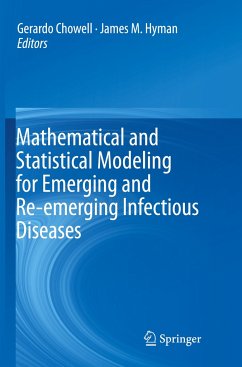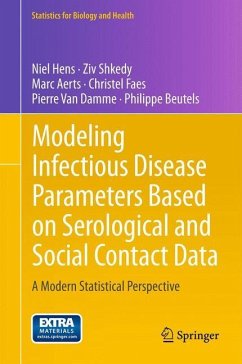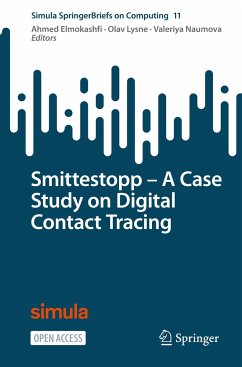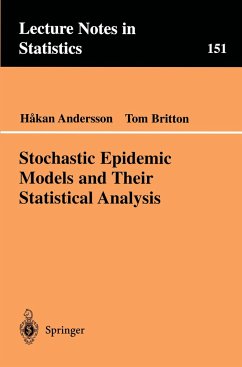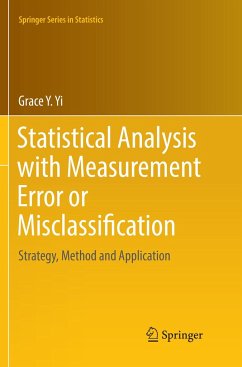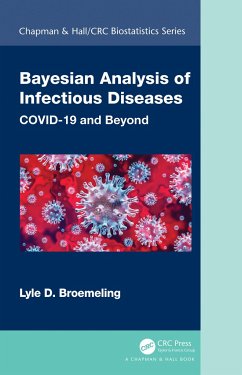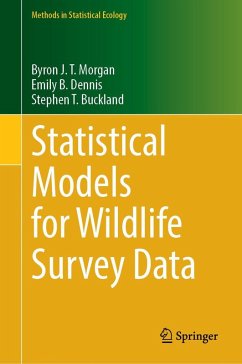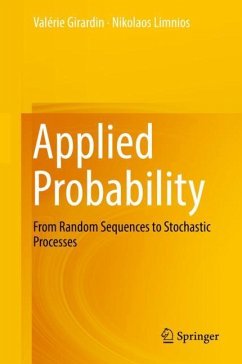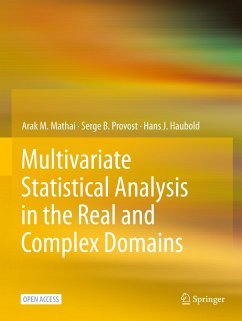
Classical and Bayesian Statistical Approaches in Infectious Disease Data Analysis
Versandkostenfrei!
Versandfertig in 6-10 Tagen
38,99 €
inkl. MwSt.

PAYBACK Punkte
19 °P sammeln!
This open access book is a comprehensive guide that delves into the statistical methodologies used in public health and infectious disease surveillance. It contrasts the foundational principles and methodologies of both Bayesian and Frequentist statistical approaches, providing a detailed exploration of how these methods are applied to the analysis and interpretation of infectious disease data.The book offers practical guidance on the application of these methods in real-life studies, both for surveillance and research purposes. It highlights the strengths and limitations of each approach and ...
This open access book is a comprehensive guide that delves into the statistical methodologies used in public health and infectious disease surveillance. It contrasts the foundational principles and methodologies of both Bayesian and Frequentist statistical approaches, providing a detailed exploration of how these methods are applied to the analysis and interpretation of infectious disease data.
The book offers practical guidance on the application of these methods in real-life studies, both for surveillance and research purposes. It highlights the strengths and limitations of each approach and showcases how they can be effectively utilized in various scenarios. A set of R instructions and data examples to reproduce the analyses are provided. Among the topics covered are:
Generalized Linear Models in Infectious Disease Analysis and Surveillance: Methods for Independent DataMachine Learning Models for Probabilistic Inference and PredictionGeneralized Linear Models in Infectious Disease Analysis and Surveillance: Methods for Correlated DataResiduals and Overdispersion in Generalized Linear ModelsInterrupted Time Series Model in Infectious Disease Research and SurveillanceGeneralized Linear Models with Missing Data
This topic is of particular importance to the field at this time due to the increasing need for accurate analysis and interpretation of infectious disease data, which is crucial for effective decision-making and policy formulation.
Classical and Bayesian Statistical Approaches in Infectious Disease Data Analysis is primarily intended for public health professionals in local, national or international agencies; researchers and academics; students; and veterinary and one-health specialists. These readers would find this book valuable for its in-depth analysis, practical guidance, and the critical insights it provides into the application of statistical methods in the ever-evolving field of infectious disease surveillance.
The book offers practical guidance on the application of these methods in real-life studies, both for surveillance and research purposes. It highlights the strengths and limitations of each approach and showcases how they can be effectively utilized in various scenarios. A set of R instructions and data examples to reproduce the analyses are provided. Among the topics covered are:
Generalized Linear Models in Infectious Disease Analysis and Surveillance: Methods for Independent DataMachine Learning Models for Probabilistic Inference and PredictionGeneralized Linear Models in Infectious Disease Analysis and Surveillance: Methods for Correlated DataResiduals and Overdispersion in Generalized Linear ModelsInterrupted Time Series Model in Infectious Disease Research and SurveillanceGeneralized Linear Models with Missing Data
This topic is of particular importance to the field at this time due to the increasing need for accurate analysis and interpretation of infectious disease data, which is crucial for effective decision-making and policy formulation.
Classical and Bayesian Statistical Approaches in Infectious Disease Data Analysis is primarily intended for public health professionals in local, national or international agencies; researchers and academics; students; and veterinary and one-health specialists. These readers would find this book valuable for its in-depth analysis, practical guidance, and the critical insights it provides into the application of statistical methods in the ever-evolving field of infectious disease surveillance.



